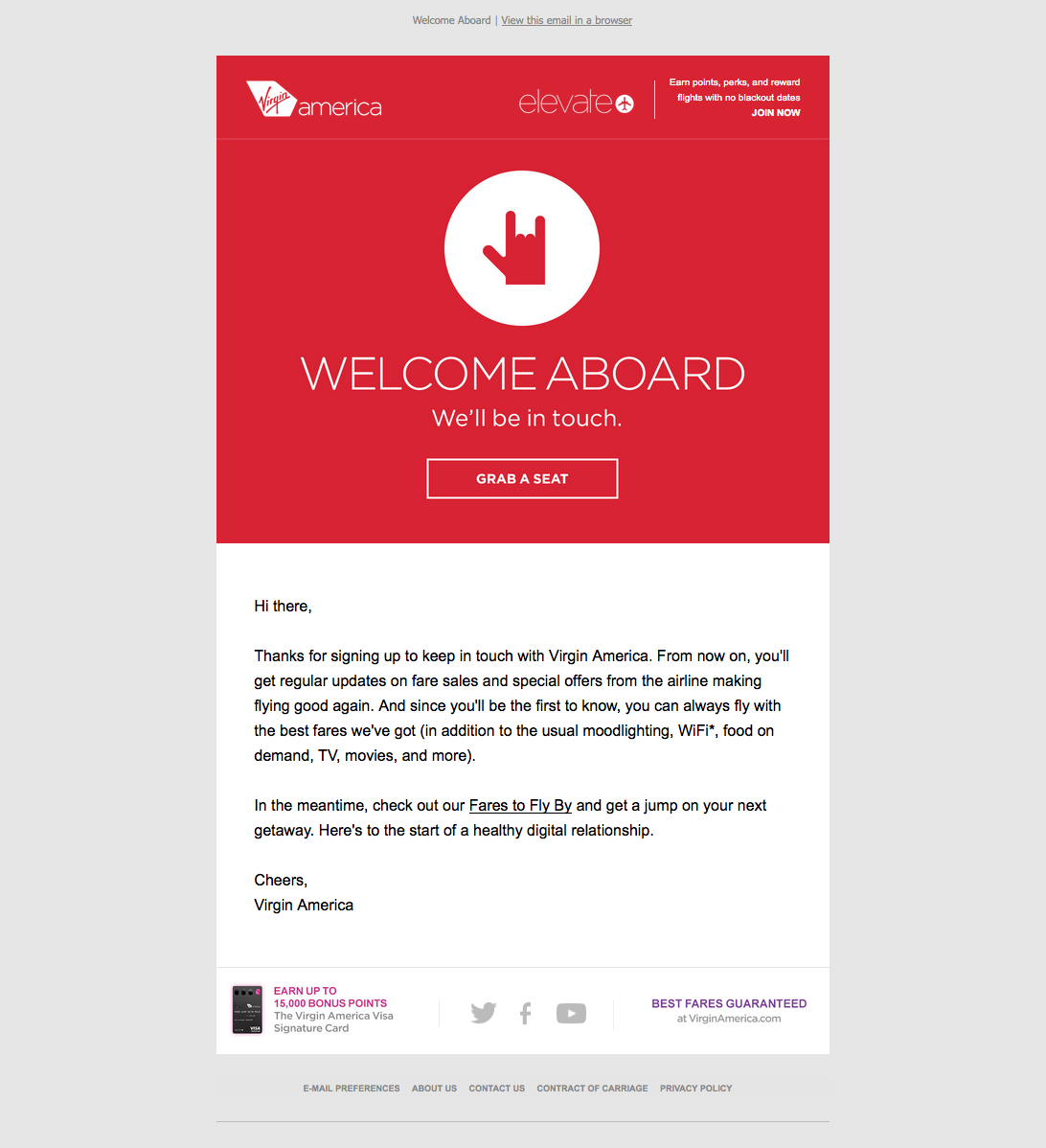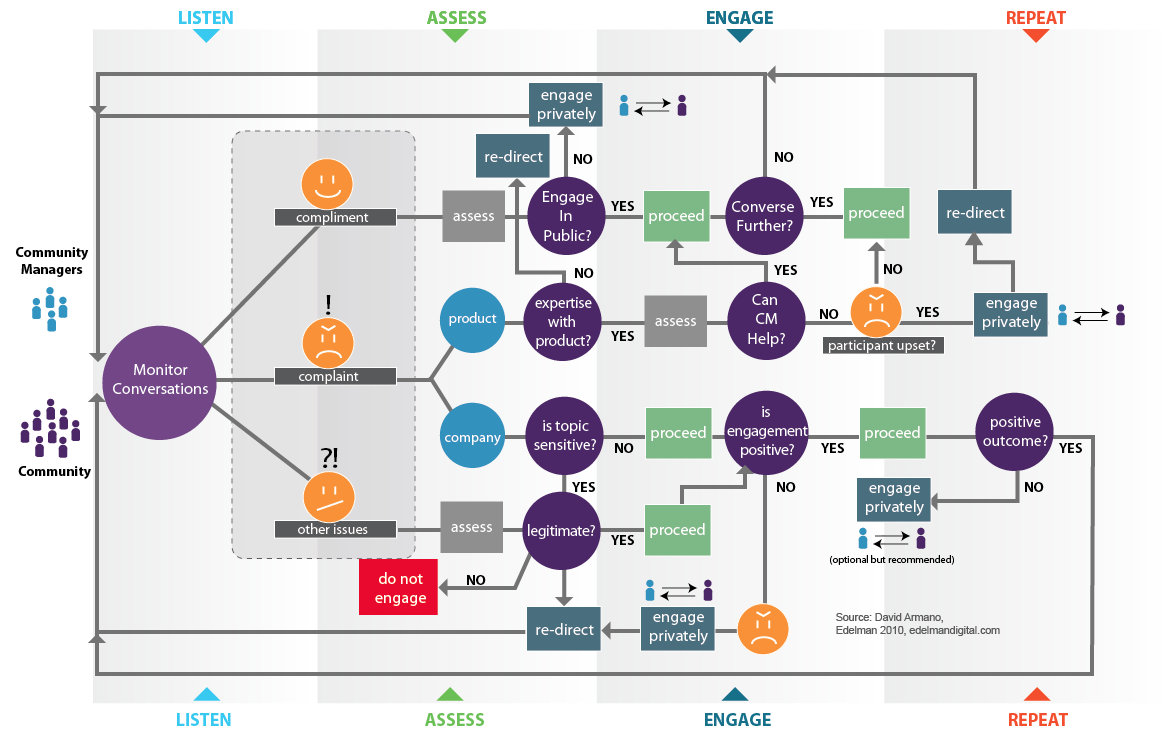Customer churn is the moment when a customer stops using a service. The higher the customer churn rate, the lower the chances of your business succeeding.
Research by Bain & Company found that a mere 5% increase in customer retention increases overall profits by 25 to 95%. You have to avoid having your customers churn at all costs, so that customer retention rates can rise.
This checklist will help you analyze customer outreach, customer ticket engagement, and social media interaction. After that, you will reflect on the successes and downfalls of your processes to reduce churn.














Social media monitoring:
Depending on your company and company size, either the CS manager or marketing manager will cover this. Assign the appropriate staff member to tasks 21-25 for completion.